Cucumbers Zozulya F1 - hybrid features
With the onset of this spring, with its steady warmth, seedlings of Zozul F1 cucumbers appear on sale in the horticultural markets of the country - an early ripe hybrid that has faithfully served summer residents for more than a decade.
Historical reference
Zozul's hybrid appeared on the domestic seed market back in 1997. Originator - Vegetable Experimental Station. IN AND. Edelstein (Moscow). The scientists were faced with the task of obtaining ultra-early, high-yielding cucumbers suitable for growing in open and sheltered beds under various climatic conditions. The result of the breeding work was the Zozulya F1 cucumber, obtained by crossing varieties with different genetics.
Soviet breeders successfully solved the problem, and the new hybrid in the very first year won extraordinary popularity among summer residents and professional vegetable growers. Zozulya was recommended for cultivation on the territory of the European part of the USSR, has proven itself well in the North-West, in the Volga-Vyatka region, in the southern territories, as well as in Ukraine, Belarus, the Ural and Siberian regions.
What is a hybrid
According to its characteristics, Zozulya belongs to early maturing hybrids - only 6 weeks pass from germination to the collection of the first zelents. It is grown in greenhouses, hotbeds, open ground, and in the north of Russia it bears excellent fruit under a light film cover, and in the Moscow region - in open ground.
Description of the variety:
- The cultivar of weak branching, summer residents often do without pinching the shoots. The flowers are partially parthenocarpic, that is, they are able to form ovaries without pollination. Duration of fruiting - about two months with a total yield of at least 12 kg / m2.
- A salad hybrid, although it exhibits excellent taste when canning (except for salting).
The hybrid is resistant to the following diseases:
- olive spot (cladosporium);
- cucumber mosaic;
- ascochitis;
- root rot.
Against powdery mildew, late blight and fusarium it requires additional treatment with the preparations Fundazol, Trichodermin, Fitosporin.
Differs in cold resistance.
Description of fruits:
- shape - cylindrical, often slightly curved, length - from 12 to 14 cm;
- the weight of one cucumber is from 140 to 300 g;
- color - dark green, with pronounced longitudinal stripes, thorns are light, almost white;
- the skin is dense, thin, without bitterness;
- the pulp is juicy, of excellent taste, with sweetness characteristic of the best varieties;
- shelf life - up to 1 month. without loss of taste and marketability.
Hybrid advantages:
- friendly fruiting;
- weak branching;
- great taste;
- the possibility of cultivation in greenhouses, hotbeds, open ground - by direct sowing;
- the possibility of growing at home, on a well-lit windowsill.
- resistance to adverse weather conditions.
The disadvantages are the inability to use the seeds collected independently, the exactingness of the soil fertility.
Features of agricultural technology
Sowing Zozuli seeds for seedlings is carried out according to the rules adopted for hybrid cultivars.
Many summer residents sow seeds of hybrids without disinfection and preliminary soaking. However, if there is a threat of late blight in the area, the seeds should be disinfected.
Seeds are planted in separate cups, placed in mini-greenhouses.
After the emergence of seedlings, the seedlings are provided with the following regime:
- illumination of at least 12 hours a day;
- daytime temperature is maintained at 23-25 ° С, nighttime - 19-20 ° С;
- watered daily with a small amount of warm settled water.If you suspect waterlogging, take a break for a day;
- before disembarkation, two additional feeding is carried out - with bird droppings and after two to three weeks - with a mineral complex. Experienced summer residents recommend ready-made liquid fertilizer "Effecton" for feeding, containing all the necessary macro- and microelements, made on the basis of manure and peat.
Hardening begins 2-3 weeks before planting, the minimum hardening temperature is + 8 ° C.
25-day-old seedlings are planted on the beds, which have formed at least three leaves. Zozul cucumbers are demanding on soil fertility and need reliable protection from cold winds.
Planting is carried out so that the distance between the plants is:
- 0.5 m - in the open field;
- 1 m - in a greenhouse.
The optimal number of lashes growing on each square meter is 3.
Since the hybrid is parthenocarpic only partially, for better formation of ovaries, 2-3 early-variety bee-pollinated plants are planted with it in the beds, giving a large number of male flowers.
Features of care after planting seedlings
For the first 15-20 days, an open field plant needs a light shelter to maintain a microclimate that promotes the formation of female flowers. Usually, lightweight collapsible structures with a folding film are used; in a cool climate, it is removed only when it becomes an obstacle to the growing lashes.
Watering is carried out with warm water strictly under the root or by the drip method. The rate of water consumption depends on the weather conditions; on a hot day, 2 liters of water are poured under each plant. Fruiting lashes are preferably watered in two steps, morning and evening.
Pinching the top is carried out with a small number of female flowers.
Reviews of summer residents
Summer residents respond positively about Zozul's cucumbers:
Natalia T., Kharkiv region, Ukraine:
I have been growing a hybrid for decades, in a greenhouse and under cover. Powdery mildew does not get sick even in unfavorable weather. Taste qualities are high, especially in lightly salted ones.
Ekaterina, Ivanovo region:
I appreciate the variety for the possibility of cultivation in the open field, although due to the climate it bears fruit better in the greenhouse.
Maria, Arkhangelsk:
There is no bitterness even with sudden changes in temperature. I recommend treatment with "Epin" to increase the yield.
Mikhail, Moscow region:
From open beds I collect about 15 kg per square meter.
Marina, Saratov:
I grow Zozula only under a film cover. For greenhouses I recommend a related hybrid - Zozulenok f1, completely parthenocarpic.
Most gardeners for greenhouses recommend growing a hybrid on a dung substrate under a fertile soil layer: the dung emitting a large amount of carbon dioxide, which contributes to the formation of female flowers.
The seeds are produced by the agrofirms Aelita, Manul, SeDeK, Poisk, Sibirskiy Sad, and other seed farms in Russia, Ukraine and Belarus. Summer residents do not see differences between manufacturers, they note excellent indicators in their reviews - seedlings appear quickly, amicably, the plants do not get sick and have a full set of varietal characteristics.
Despite the solid "experience", the hybrid Zozul F1 is still appreciated by gardeners. Regularly appearing novelties of breeding were unable to overshadow the success factors of the old-timer - high yield, long-term fruiting, resistance to diseases and cold weather. To cultivate a hybrid, special knowledge and significant experience are not needed; novice summer residents can easily cope with it.

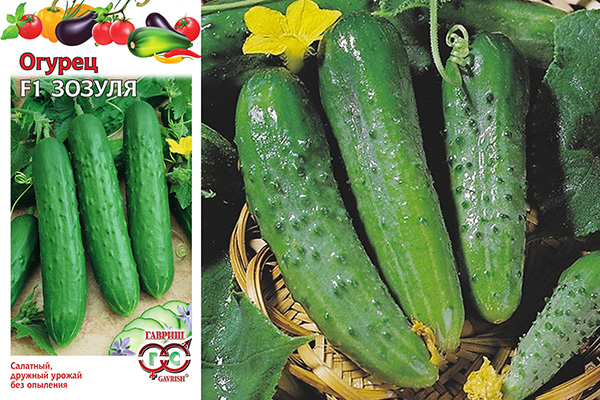
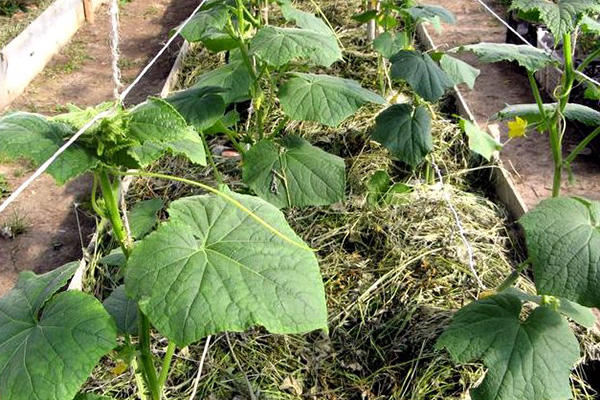
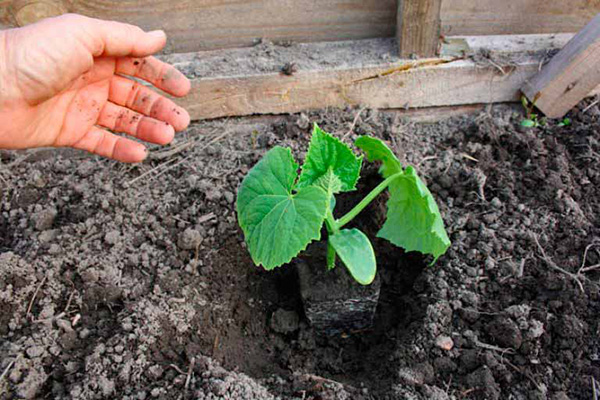


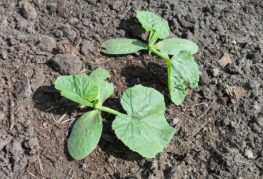
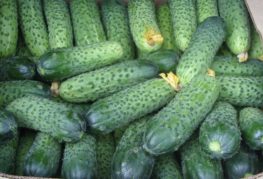
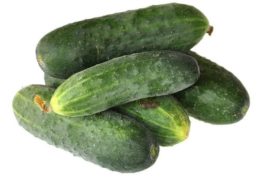

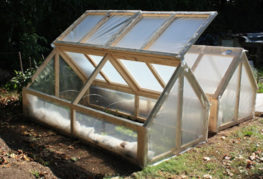
and will be published shortly.